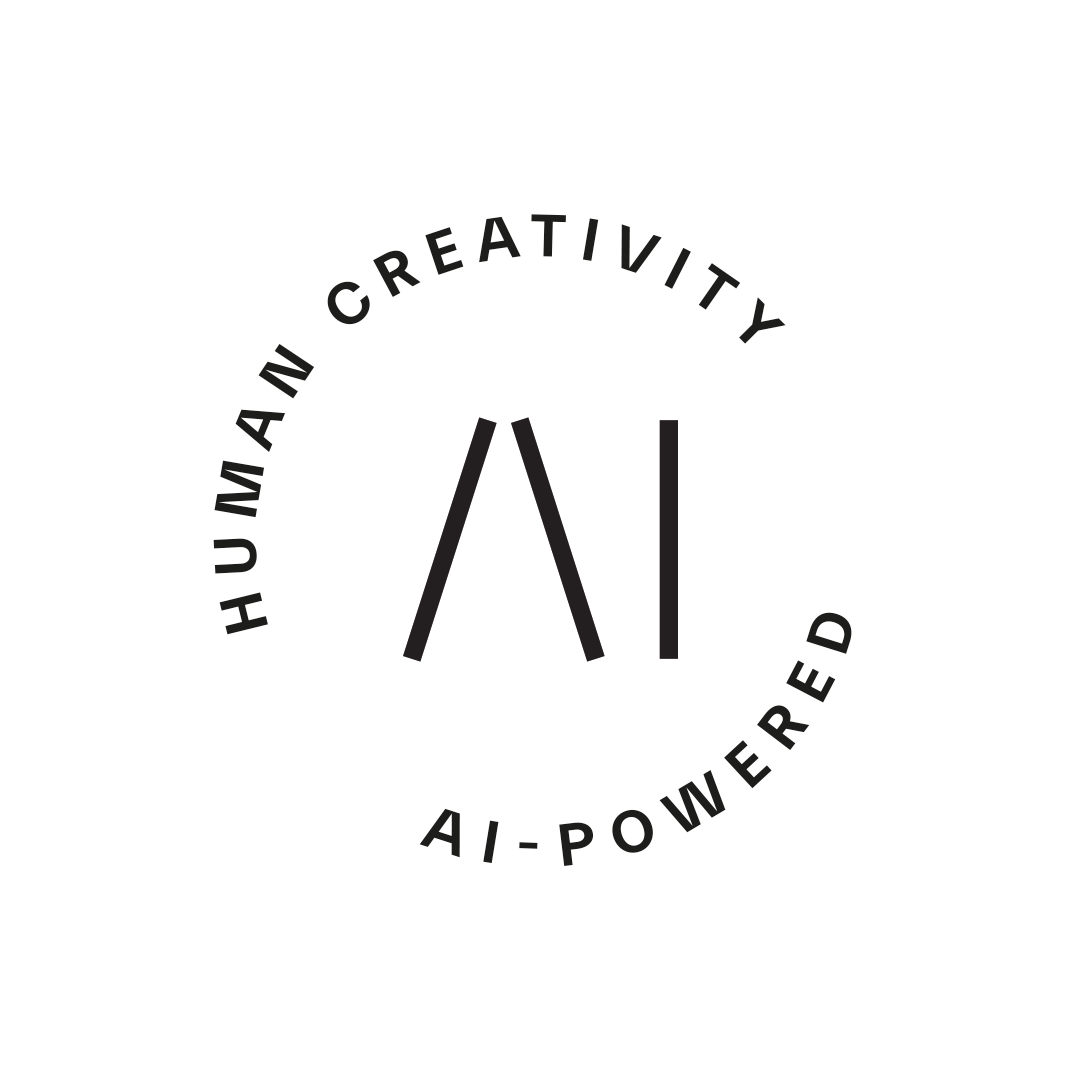
In the work of a technical project lead, the sheer amount of work in technical challenges and documentation requirements for all stakeholders creates a demand to be both quick and comprehensive. The system must be designed to be robust and scalable but also offer flexibility for adapting to changing regulations and the global security environment.
The decisions made with the implementation team each day define the overall success of the project, and a conversational model can give us that extra hand to assist in making these decisions.
Conversational models like ChatGPT have shown remarkable value in increasing the speed at which decisions can be made, documentation created, and complex information processed. In particular, AI has been used for suggestions on design patterns, providing immediate answers and ideas for technical queries.
In this blog post, I will explore five beginner exploration scenarios that chief software architects can leverage to enhance decision-making processes and address project requirement challenges. These include comparing technology stacks and their pros and cons, parsing technical components' extensive capabilities for new documentation, and planning process descriptions.
The scenarios highlight practical use cases ready to be utilized by any development team. With these tips, one can make the tool an integral part of the technical architecture team, prepared to address the unique challenges faced by today's leaders in software development. The following scenarios will demonstrate the broader implications of integrating AI into the core strategic functions of software delivery. Join me in exploring the future of architectural decision-making, empowered by AI.
How Chief Software Architects Can Leverage ChatGPT for Enhanced Decision-Making and Efficiency
Chief software architects balance multiple aspects of technology selection, security, process design, and documentation. Artificial intelligence, particularly models like ChatGPT, can be incredibly valuable in addressing these challenges.
Let’s explore how ChatGPT can help with five common questions that every chief software architect may ask:
-
Can you compare two implementation options and their pros and cons?
Choosing between technological solutions often requires a detailed understanding of each technical option's benefits and drawbacks. ChatGPT can assist by providing a comprehensive analysis of each alternative.
For example, when deciding between building a new microservice or implementing a new feature requirement as part of monolithic architecture, ChatGPT can list the scalability, maintainability, and implementation challenges of each, helping architects make informed decisions quickly.
Prompt example:
I want to compare the pros and cons of creating APIs from my application in AWS with either AWS API Gateway or with AWS Application Load Balance and Web Application Firewall
How can I find information from a large documentation or project requirement document?
- Software projects often come with large documentation that can be time consuming to navigate. ChatGPT offers a practical solution by extracting and summarizing the key sections relevant to specific queries. If you need information about a particular feature or requirement. ChatGPT can assist in quickly locating and summarizing those parts of the document, greatly reducing the time spent on manual searching. However, it is highly recommended to run a LLM on local machine to avoid feeding your sensitive documentation to servers online. Luckily, most of the smaller token models can be ran fast even on lower performance workstations.
Prompt example:
Make a summary on the responsibilities for logging management for the application
-
How can I use a specific tool or component to build a certain feature?
Understanding how to utilize tools or components effectively is key to innovative architecture. ChatGPT can provide detailed explanations of tool functionalities and integration techniques. For instance, if you're wondering how to integrate a new database technology or use a certain library for responsive design or building data encryption for your customer database in cloud, ChatGPT can generate relevant code examples and explain integration steps clearly getting the development team up and running faster.
Prompt example
I want to create a Pub/Sub API with the help of AWS SNS and SQS. Give me example code and implementation pattern.
-
Can you generate a process description for a complex software workflow?
Creating process descriptions to represent complex processes is essential to explain the user flow and technical flow intended within a system. While ChatGPT doesn’t create descriptions directly, it can assist in drafting the necessary steps and structure to make software workflow planning much faster. Architects can describe a workflow to ChatGPT and receive a structured outline, which can then be used with diagramming tools to create an effective visual representation.
A good example of this type of workflow would be database encryption and encryption key management process that could offer fast and simple solution to describing the workflow with specific technical components.
Prompt example:
Give me the process description for encryption key management with self-signed certificate using AWS Key Management Service
-
Give me an idea how to implement a technical feature like message queue with selected technical component
Implementing technical features such as message queue for event driven architecture requires a deep understanding of both the theoretical and practical capabilities within the architecture. ChatGPT can explain complex concepts like synchronous vs. asynchronous event driven architecture and offer guidance on best practices for message queue structuring and implementation. It can also provide sample code that demonstrates how to implement these features using popular libraries and frameworks.
Prompt example:
I want to create an internal message queue for my application system that would not contain the payload in the message queue but notifies my application when a new event takes place in our event-driven architecture
Conclusion
Integrating AI tools like ChatGPT into the workflow of a chief software architect can improve the efficiency and clarity of decision-making. By leveraging ChatGPT for specific queries - from technical explanations to strategic decision support - architects can more efficiently handle the challenges of modern software development. As AI evolves, its role in supporting and enhancing the decision-making processes is bound to grow, promising exciting developments in the architectural landscape of technology projects.
Author: Jarmo Levo, Principal Consultant & Technology Lead @ Siili Solutions
.png)
